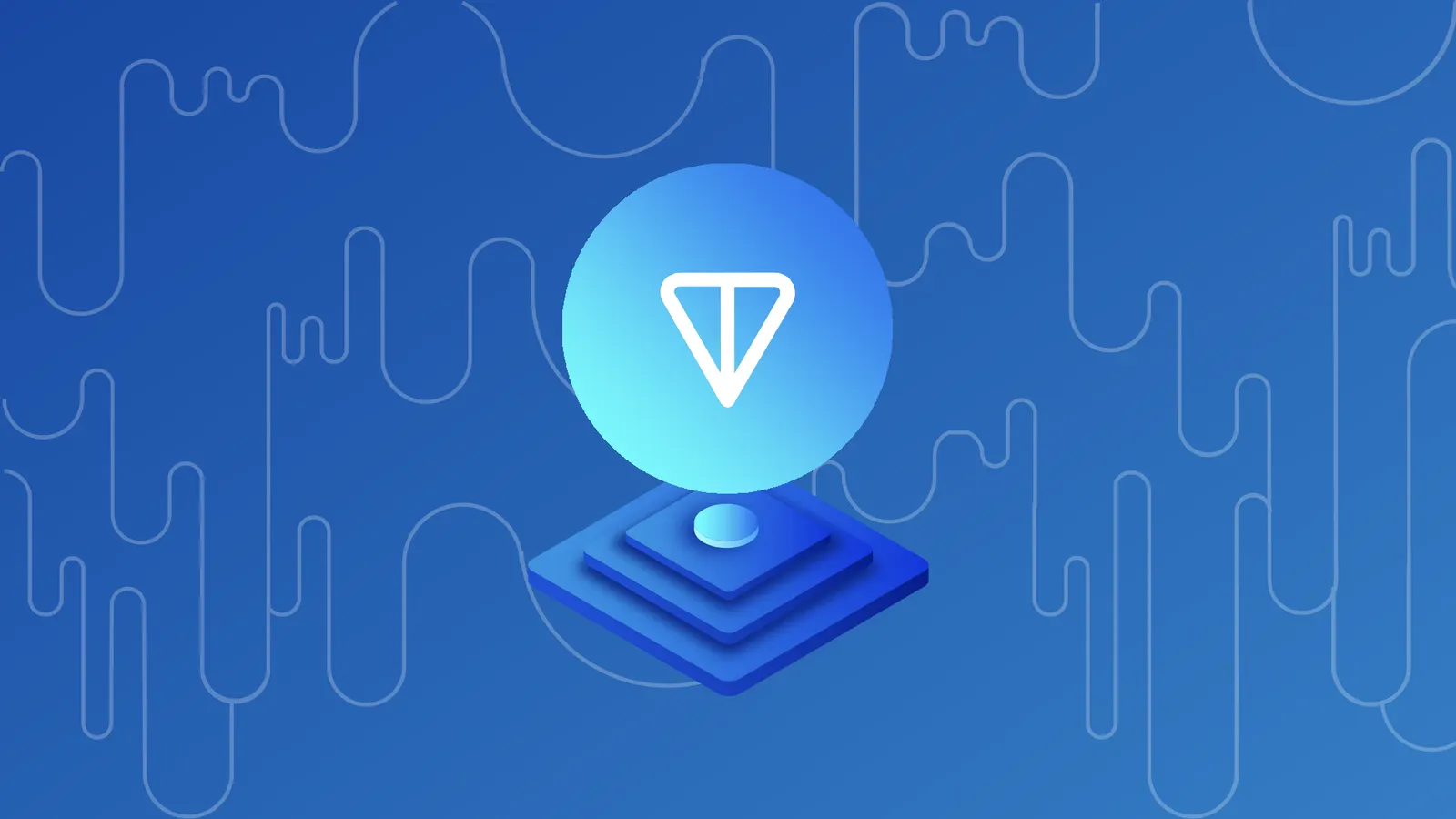In 2018, the messaging platform Telegram released a white paper for a layer-1 blockchain it called the Telegram Open Network.
The project’s currency, called ‘Gram’, was designed to pay transaction fees, settle payments and validate transactions on the network.
The launch hit the headlines. It broke records in 2018 after raising an eye-watering $1.7 billion in a token sale. It was the second largest ICO in history, behind EOS, which raised $4 billion. But two years later, Telegram abandoned the project. What happened?
Regulatory Trouble
The project, conceived by brothers Nikolai and Pavel Durov, is a proof of stake protocol that uses sharding to help it solve some of the scaling issues found on projects like Bitcoin.
Like its contemporaries, TON was attempting to build a suite of decentralized services. including decentralized storage, a domain name system, a privacy network, instant payments, and fast transaction processing.
The Durov brothers, and Telegram’s engineering team had brought the project to the verge of completion, but then the Securities and Exchange Commission (SEC) got involved.
While Telegram had worked with American regulators on its token release, the SEC saw investors in the project as underwriters, and Telegram’s offering of Gram was considered an unregistered distribution of securities.
Telegram did try to fight the ruling, but in 2020, Pavel Durov announced that Telegram’s participation in the development of the project would cease, and began issuing refunds to investors. That’s when the community stepped in.
TON’s code was open source, and accessible on GitHub, allowing anyone to contribute to its development. A group of community developers decided to pick up where Telegram left off and build new TON functionality. The current network was launched and developed by Anatoliy Makosov, a software developer and Kirill Emelianenko, a programmer and Ph.D. in Physics and Mathematics.
Toncoin #mining has ended
Today miners mined the last #Toncoin from the PoW Giver smart contracts, marking the end of the initial token distribution phase.
The $TON Foundation has published an article that describes the history of TON mining.
👉https://t.co/SYHelDyr3i pic.twitter.com/fiz709C99J
— TON 💎 (@ton_blockchain) June 28, 2022
The TON Foundation, a non-commercial group of supporters, renamed the project to The Open Network, allowing it to retain the TON moniker now runs Toncoin.
How does it work?
Toncoin is the native cryptocurrency of the TON network. It is used for network operations, transactions, games or collectibles built on TON.
TON also features a wallet that provides commission-free crypto transfers to any other Telegram user, and is the primary way users interact with Telegram Mini apps, Telegram’s JavaScript based interface ecosystem that allows businesses to create in-app experiences.
There are also other services on TON, including TON Storage, TON Proxy (a decentralized VPN service), and the TON naming system. Toncoin is the primary way these services are paid for by users. It has its own app store, with more than 500 apps deployed a the time of writing, that also use the currency.
TON uses a sharded, proof of stake consensus mechanism, meaning it can process transactions in parallel, improving transaction speed. In 2021, it hit a then record of being able to process 55,000 transactions per second. The company claims the network can process millions of transctions.
Tokenomics
Toncoin has a maximum supply of 5 billion TON, and at the time of writing, 3.4 billion TON are in circulation. Validators receive rewards in TON for maintaining the network, and the Foundation has created an inbuilt annual inflation rate of 0.6%.
While Toncoin is the currency for Telegram’s services, Toncoin is also be used to influence how the network develops in the future. The Open Network is a decentralized autonomous organization (DAO), so users who hold the blockchain’s native token can cast votes on any proposed changes to the blockchain or ecosystem.
Roadmap
According to the TON Developer Report for Q2 2023, the network has experienced increases in developer activity, as other projects have plateaued during the recent crypto winter.
TON network’s development activity is up 102% year-on-year. By the end of June, the developer count reached 9,134, marking a 6.56% increase from April’s figure of 8,572. TON’s strategy has been to leverage the Telegram community to attract projects to build, and ultimately use Toncoin.
Tap Fantasy, an MMORPG blockchain game made the switch to TON from Binance Chain in August 2023 to take advantage of the project's integrations with the messaging platform’s 700 million monthly active users.
Errata, September 18, 2023 : A previous version of this article stated that Toncoin was minted using a proof-of-work consensus algorithm, but transitioned to proof of stake in June 2022. In fact, TON has always been a proof of stake protocol. Mining took place using smart contracts that mimicked a PoW protocol.
This article also previously stated that Telegram conceived of Toncoin. This is inaccurate. While Telegram played a role in initially building the infrastructure of TON, they were never involved in the creation of Toncoin. Telegram made Gram, not Toncoin.






